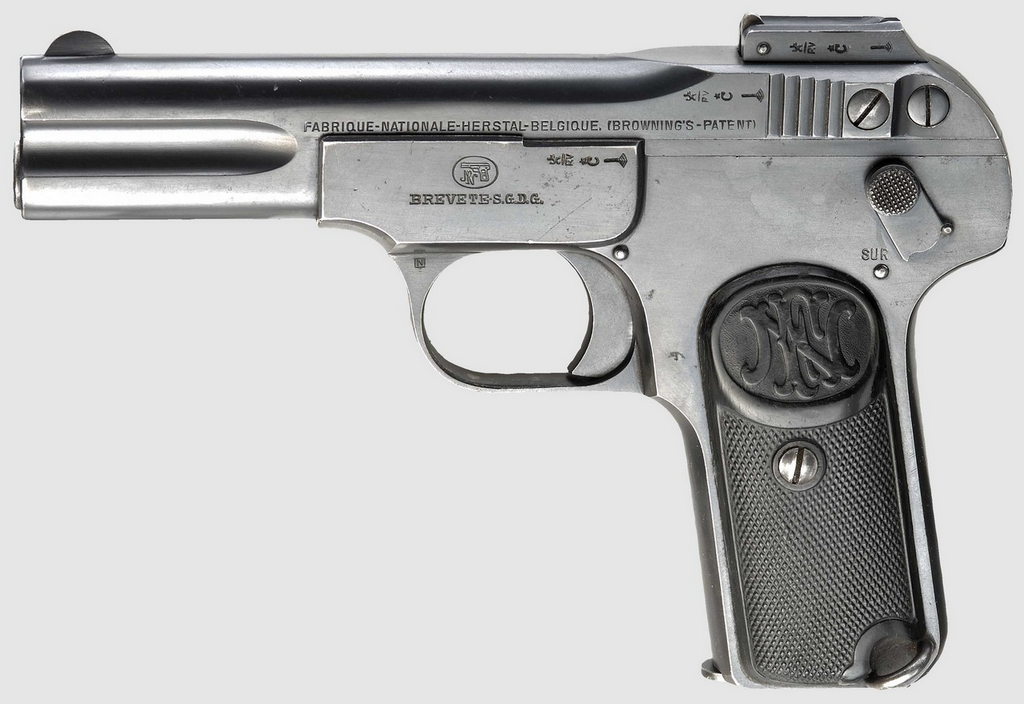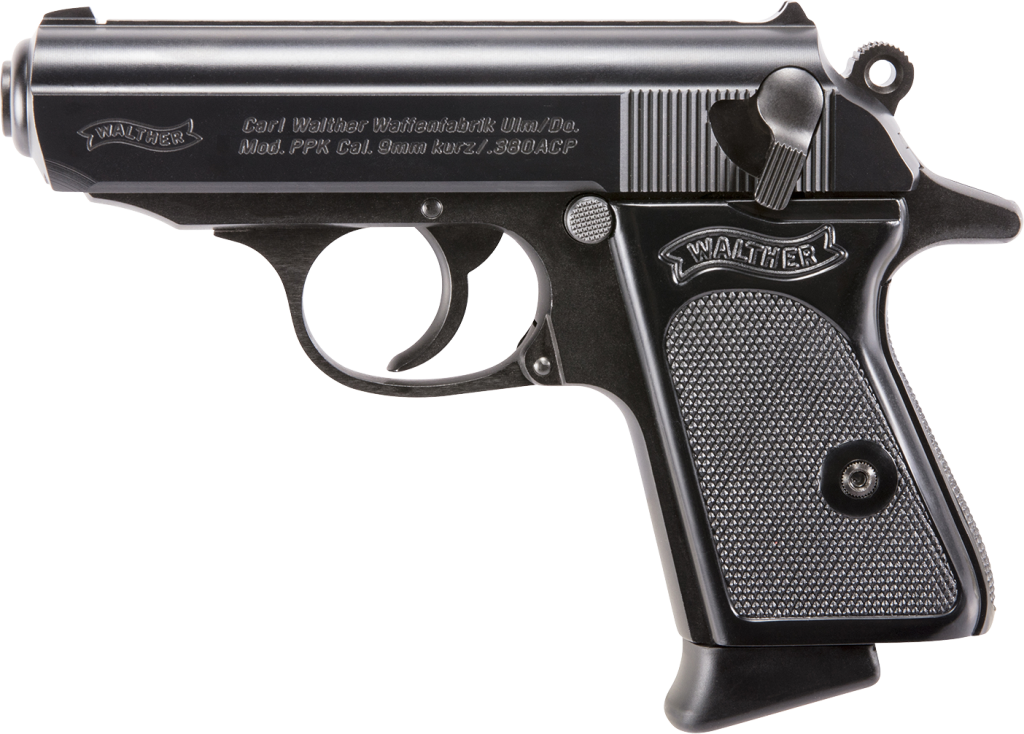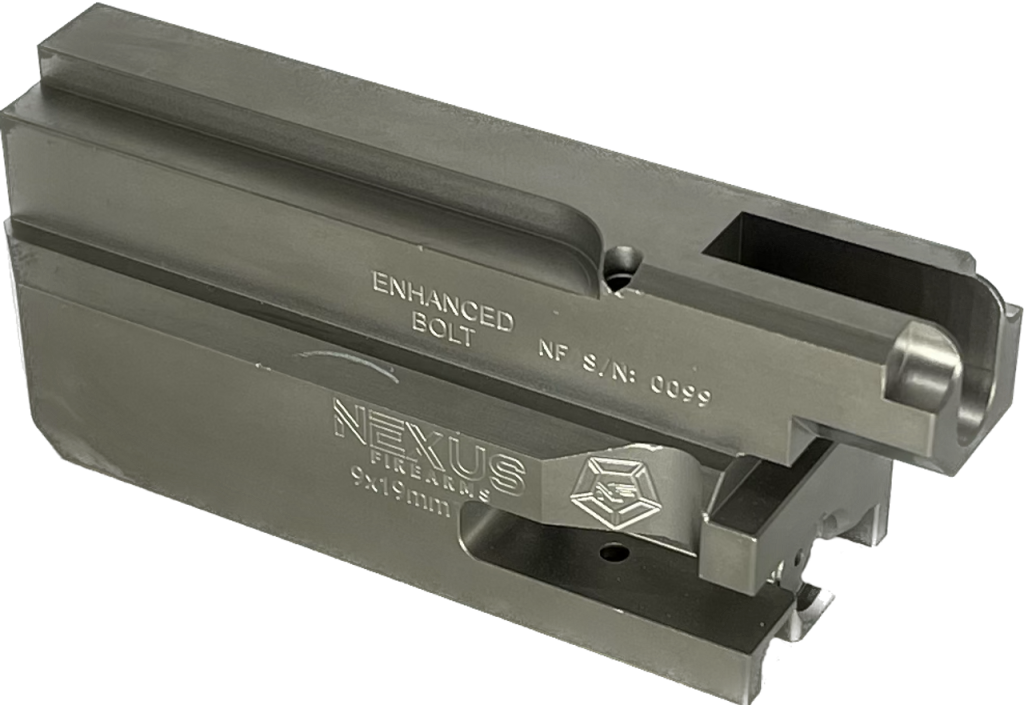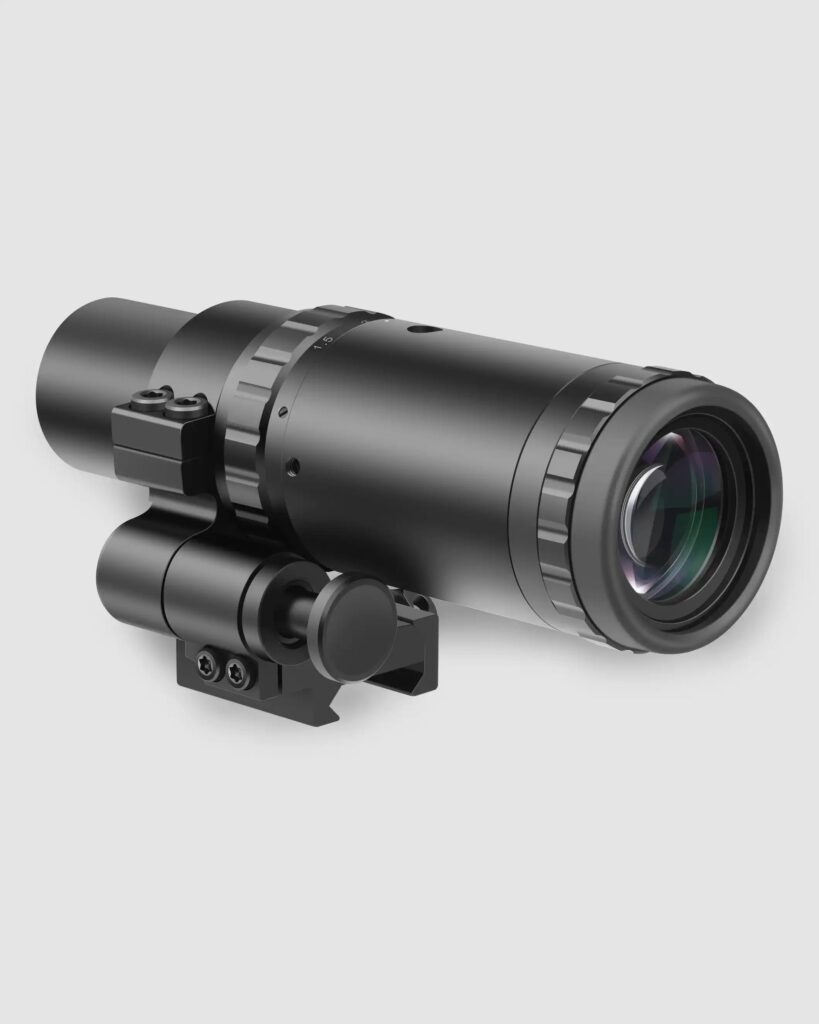The simple blowback system has been around for quite some time. From a practical standpoint, blowback operation, as we know, dates back to 1883 when Hiram Maximmodified a Winchester 1866 lever action rifle for blowback operation. Before that, blowback operation had been used to open breeches and to cock hammers. These days, blowback operation seems to be looked down upon and generally not as respected as alternative systems. Today, we are taking a moment to appreciate blowback operation.
What Is Blowback Operation?
When one says blowback operated, they could be referencing a number of systems. There are plenty of delayed blowback operations like roller delayed, radial delayed, and even chamber ring delayed. When most people say blowback, they mean straight blowback, and that’s what we are talking about today.
This simple system uses an unlocked breech. The bolt sits against the barrel and chambered round but is not locked there. When the weapon is fired, the projectile is propelled forward by force, and force also pushes rearward on the bolt. This causes the bolt to retract rearwards, which often results in the cartridge extracting, ejecting, and the cycling of the next round.
Advertisement — Continue Reading Below

When designing a firearm, the designer has to ensure the bolt stays closed long enough for the bullet to leave the barrel before the bolt retracts. There are several ways to achieve this, and the most common is the combination of a heavy recoil spring paired with a heavy bolt to delay the action opening until the projectile has left the barrel.
As you’d imagine, this is about the simplest way for a semi-auto firearm to operate. It was quite popular in the early 1900s for handgun operation. For about a decade, it was the most successful way for a handgun to operate.
Advertisement — Continue Reading Below

Handguns that use straight blowback systems are typically shooting less powerful rounds. Cartridges like the .32 ACP, the .22LR, and even the .380 ACP work well in blowback handguns. In rifles and SMGs, blowback operation works well with more powerful calibers like 9mm, 10mm, 45 ACP, and beyond.
In handguns, you can go bigger, but this requires a very heavy slide to function. That’s one of the reasons why Hi-Point firearms have such massive slides.
Advertisement — Continue Reading Below
The Benefits Of Blowback Operation
Blowback operation is remarkably simple! This makes it an affordable option for firearm companies. It’s why Hi-Point handguns and carbines are so affordable. It’s also why things like the Extar series, the Keltec SUB 2000, and the S&W FPC are so affordable. That simplicity also ensures it’s a reliable system.

In fact, it’s one of the most reliable systems. It works very well with a variety of ammunition types and cycles reliably when filthy, dirty, and in the worst environments. Adding suppressors, compensators, and breaks won’t challenge the reliability either. These guns just run and run with very little reason to complain.
Advertisement — Continue Reading Below
The system tends to be quite durable. There is a lack of small parts that can break or malfunction with heavy use, like gas tubes and pistons. Blowback rifles might not be lightweight, but most of the weight is to the rear of the rifle, making it a bit better balanced than other systems.
The Downsides of Blowback Operation
There is no such thing as a free lunch. It’s not a perfect system by any means. Trying to chamber rifle rounds in a blowback firearm would be incredibly difficult, so you’re left with lower-power rounds, which are most commonly handgun cartridges.

Advertisement — Continue Reading Below
The weapons tend to be heavier, and the stiff springs make them harder to operate. We also get a hefty dose of recoil. This makes a 9mm AR feel like a 5.56 AR in some cases. These guns also tend to get quite dirty, but they also run pretty well when they are filthy, dirty anyway.
It Won’t Die
Blowback operation just won’t die. It can’t! We can’t have that, and the systems continue to function and work, so why would we? It helps keep a lot of guns affordable, and affordable is good. Blowback operation isn’t high speed, high tech, or all that interesting, but it’s incredibly reliable, functional, and durable, so put some respect on its name.















